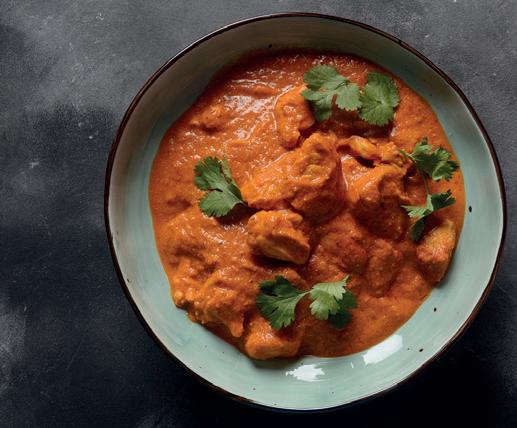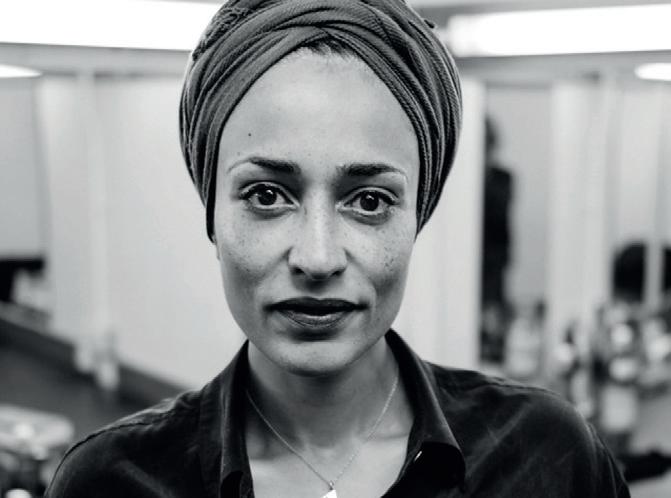
2 minute read
Subculture 2nd Gen
What do we mean by second generation?
The term refers to the children of people who moved to live in another country. Second generation children are usually born in that country, grow up there and are educated there. Being second generation myself, I have some personal insight into the many facets of subculture that can be formed by people growing up and living wedged between two cultures.
Advertisement
Culture encompasses many different things, from social norms and how we behave, to clothes, food, religion, and the way we express ourselves through art. It can be synonymous with our identities and how we perceive ourselves and the world around us.
But what happens when a person is living and growing between two dominant cultures, that of their history, family and heritage, and that of their country, environment, and living?
BY IRAM HUSSAIN
When it comes to navigating between cultures, food is one of the best examples of how people have merged their love of two different cultures (or multiple ones for that matter) into something new, it’s also a notoriously good way of bringing people together. Many people who have grown up eating both the food of their heritage and the food of their country of residence, end up creating a small haven of consumption subculture that combines the two.
In the UK for example, there are many places you can go to get Pizza (a traditionally European food) that has an incredible variety of international toppings, including masala chicken and Caribbean style. Not to mention how something traditionally eastern like chicken tikka masala, is now considered a national dish in England (brittanica.com).

In this way, the creativity of second-generation immigrants can have an impact not only on those communities but for countries at large.
Food is not the only place where these curated, subculture influences are felt. In film, art, music, and even comedy the second degeneration experience is often explored.
Comedian Tez Ilyas from the UK, often jokes about the sometimes-precarious balancing of second-generation immigrants, being one himself, and the ways in which spin off cultures are created in these communities that combine the preferred aspects of two dominant cultures.


Author Zadie Smith is also known to comment on the diaspora experience (another name for people living away from what is considered their homeland) often exploring themes of identity for this group of people, and how they navigate sometimes opposing cultures, and finding balance and acceptance.

Talk of second-generation subculture can bring about ideas of assimilation, of which the basic meaning is a minority culture coming to take on the aspects of a more dominant one. However, this can be an unfair or unrealistic expectation. As can be seen around us from aspects of multi-cultural societies, people prefer to celebrate all cultures in varying ways, and heritage can be as close to people’s hearts as the place they are living. Sometimes it really comes down to the individual, and a really interesting part of being second-generation is adopting and exploring your favourite parts of the cultures you are exposed to. From food, fashion, the arts and even politics and religion, I much prefer Maya Angelou’s description of multi-cultural society being a ‘beautiful mosaic,’ and second-generation subculture is definitely a celebration of that.


